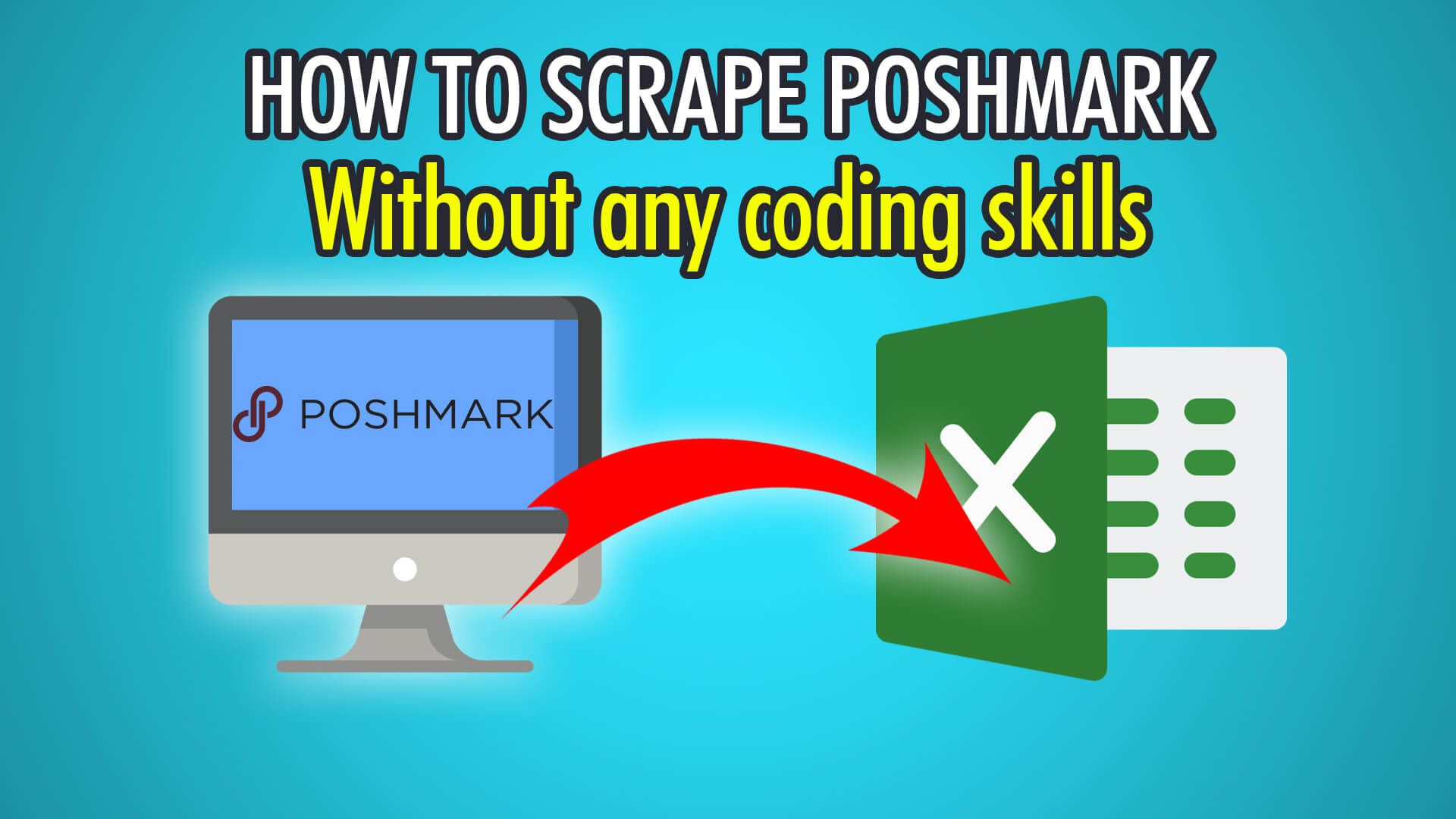In this tutorial, you will learn how to scrape Poshmark products, prices, sizes, sellers and more using ParseHub, our free web scraper!
Poshmark is an e-commerce website and social platform that allows users to sell and buy new or used fashion, electronics and other products. With over 80 million users, and 200 million listings, Poshmark is one of the largest online marketplaces in the world. Poshmark generates over $262 million dollars and has over 800 employees, with its headquarters in Redwood City, California. Listing your items on Poshmark is very simple, all you need is their app and photos, and that’s it. Shipping is also very simple for sellers, as the labels are generated for you. Similar to StockX, which we also did a tutorial on, Poshmark also ensures brand authenticity.
Are you ready to scrape tons of new and used Poshmark listings? Let’s begin!
Step 1: Extracting Products
- Firstly, open ParseHub and log in.
- Click “New Project” to start a new project.
- Enter the Poshmark URL you wish to scrape from, we will be scraping Ed Hardy items for sale, with this URL: https://poshmark.ca/brand/Ed_Hardy-Women
- Click the first product’s name to extract it.
- Click the next product’s name to train the algorithm.
- Rename the selection on the left to “product”.
Step 2: Scraping Additional Details
- Begin by clicking the PLUS(+) button next to your product selection.
- Choose “Relative Select” and click the first product.
- Move the arrow to its respective price, and click to extract it.
- Rename this selection on the left to “price”.
- Redo these steps for the product size, the seller, and other details you may require!
Step 3: Pagination
- To scrape multiple pages, first, scroll down to the page navigation bar.
- Click the PLUS(+) button next to Select page, and choose “Select”.
- Click the Next button to extract it, it should have a Button tag.
- Rename this selection to “pagination”.
- Expand the selection and delete the extractions.
- Click the PLUS(+) button next to your pagination selection and choose “Click”.
- Choose “Yes” as this is a next-page button.
- Finally, choose the additional number of pages you want to scrape, entering zero will scrape every single page available!
Step 4: Start Scraping
Now that you have extracted products, prices, sellers, sizes and other details, and have set up your pagination on ParseHub, you are ready to begin scraping!
To scrape on ParseHub’s servers, click the green “Get Data” button on the left. You can Test, Run, or Schedule your scrape.
Running into scraping issues? Contact our live chat support!
Happy Scraping! 💻

